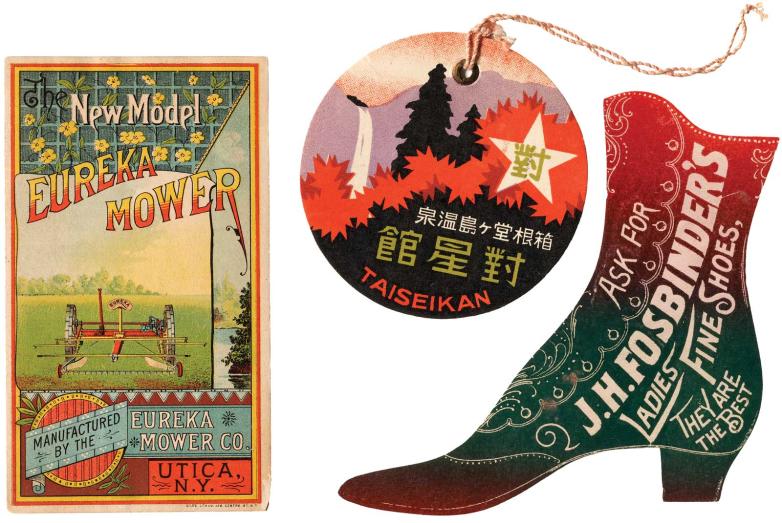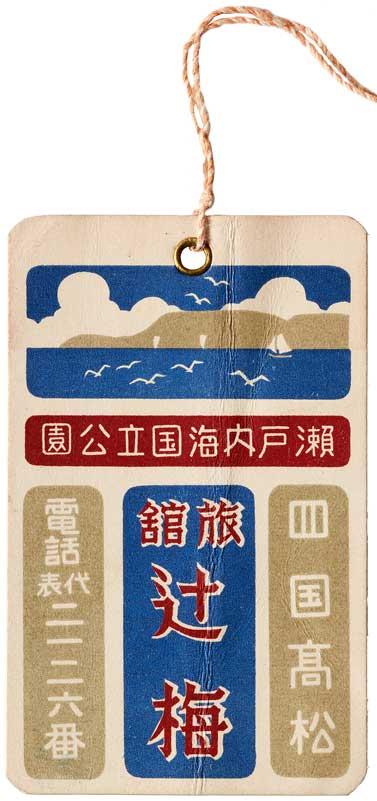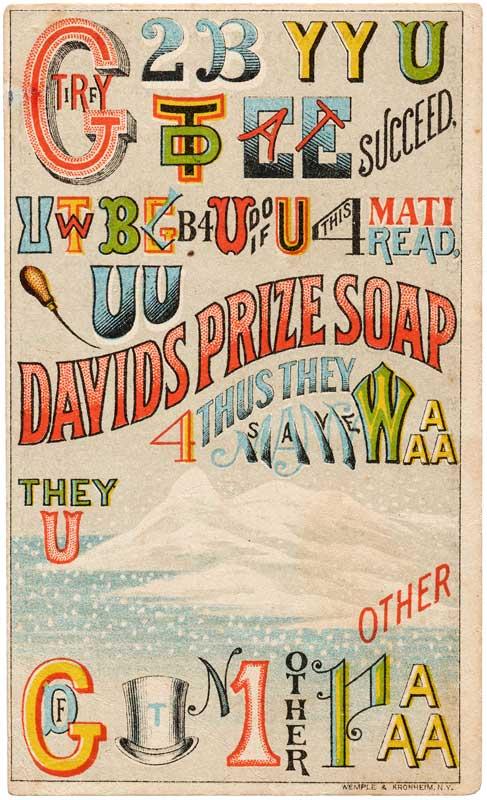From the mid-fifteenth to the nineteenth century, the letterpress dominated printing, allowing for little design variation. New techniques developed in the 1800s, such as chromolithography with multi-colored prints, rotary printing presses, and hand-drawn lithographed typography, led to a burgeoning time of printed ephemera, especially in advertising.
Richard Sheaff, a graphic and publication designer, has amassed one of the leading collections of this material. “My interests as a designer and as a collector were always largely one and the same: an intense interest in typography and in printing technologies,” he said.
For the over 500 US Postal Service stamps he has art directed or designed, Sheaff has regularly been inspired by his collection. “Because I had drifted into design from an interest in offset and letterpress printing, I often pushed printers to do new things which I believed they could achieve using then-current technology,” he said.
Thanks in part to a donation from Sheaff, over 26,000 of his ephemera items were recently acquired by Letterform Archive in San Francisco. Established by letter arts collector Rob Saunders, the nonprofit opened in 2015; its hands-on collection concentrates on the history of written communication.


















